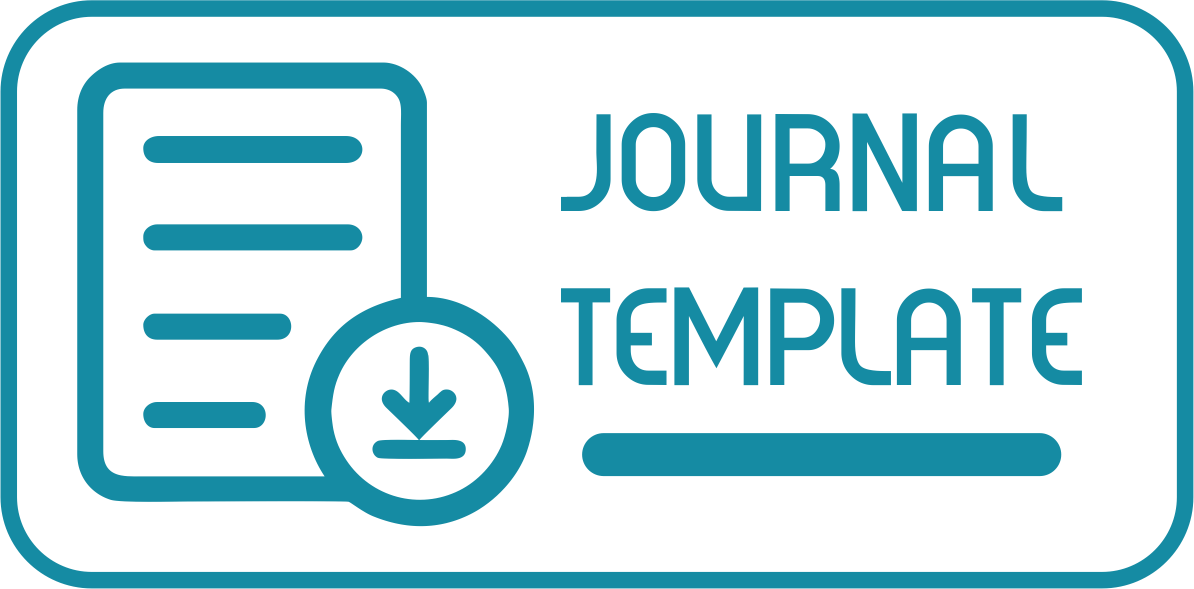ZAKAT TEBU DI DESA GANJARAN KECAMATAN GONDANGLEGI MALANG
DOI:
https://doi.org/10.35897/intaj.v1i1.78Keywords:
Zakat, Sugarcane, Distribution Pattern, GanjaranAbstract
This study describes the behavior of sugarcane farmers in implementing the obligation of an important teaching in Islamic law: zakat. Each people is subject to the obligation of crop zakat. Textually, sugarcane is not part of any category in the classification of the zakat object because it is not in the form of grain. If the terms of economic value generated, sugarcane farming is very promising and is eligible to be one of zakat object. Sugarcane becomes a major commodity that is high-yield for the people in the village of Ganjaran Gondanglegi Malang. In practice, the sugarcane farmers in Ganjaran use two patterns in issuing zakat, namely: as zurū’ or as tijÄroh. As the pattern of distribution, they perform independently and directly to the mustahiq in the form of money or goods, instead of going through the zakat institution (‘Ämil).
Keywords: Zakat, Sugarcane, Distribution Pattern, Ganjaran.








